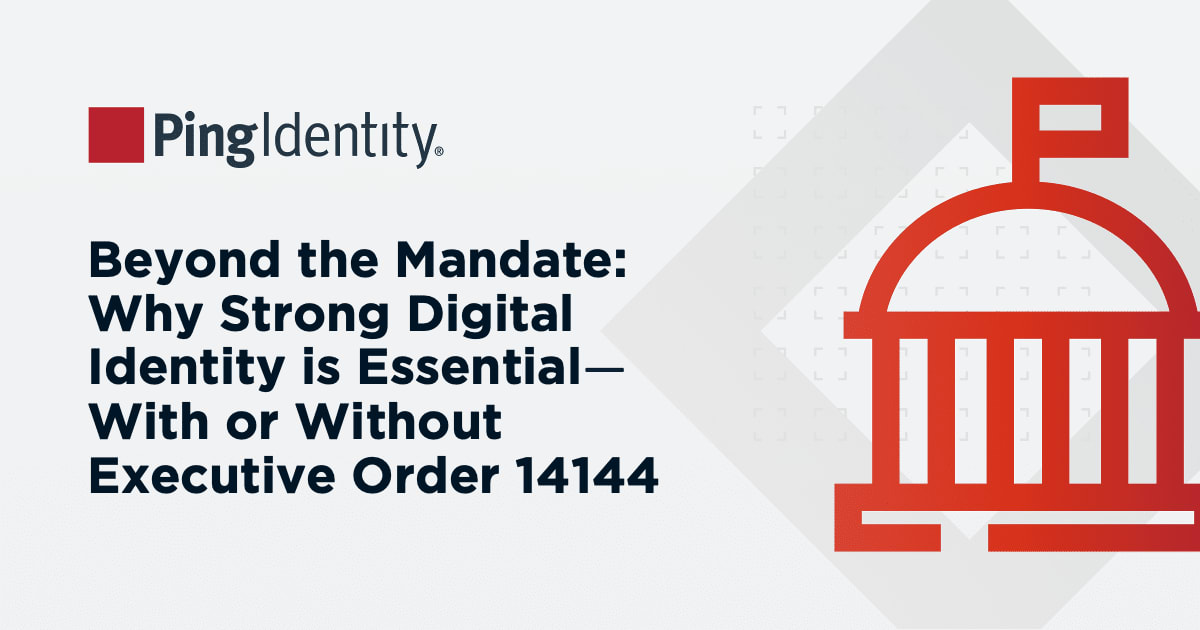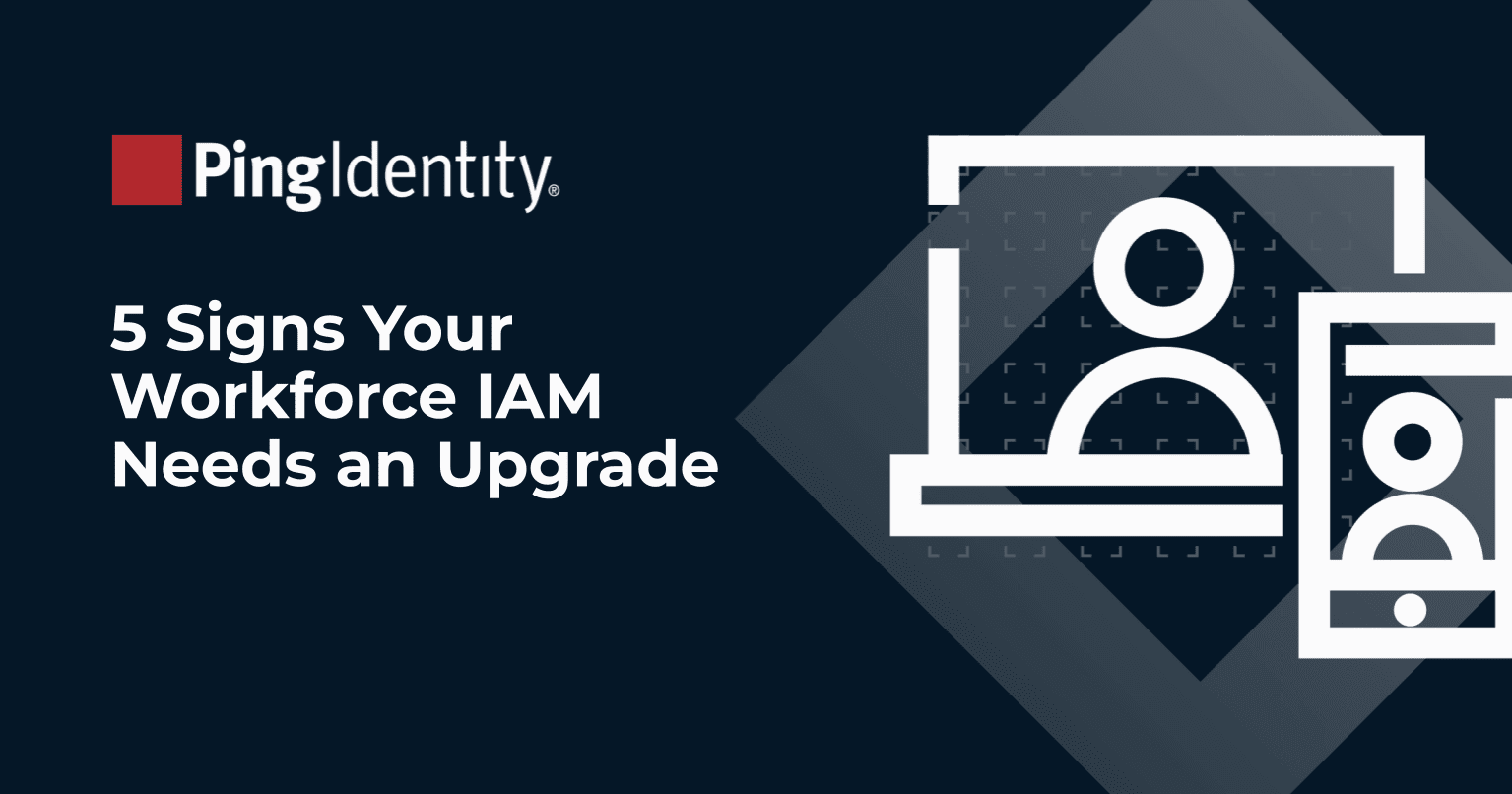It's no secret that growing revenue through digital channels is a do-or-die business requirement. And the quality of digital experiences offered through these channels is a key factor in meeting your customer acquisition, engagement, and retention targets.
Identity and access management (IAM) plays a strategic role in delivering superior customer experiences. For your customer journeys, this includes account creation, secure login without needless friction, and self-service activities, such as multi-factor enrollment and password reset, for example. But that's just the beginning.
Like most large companies, you likely have many different types of identities — all with slightly differing security and experience needs. These identities may include business partners, suppliers, employees, contractors, devices, and diverse populations of customers — and they often engage with separate brands or lines of business under the same corporate umbrella.
Your challenge: How do you efficiently and securely provide tailored experiences to each different set of identities? The secret lies in the untapped potential of your identity data.
In the world of IAM, a lot of attention has been paid to orchestrating the A and the M — access management — which are critical runtime procedures like user login (authentication), authorization, and all the things that go along with it, including MFA, passwordless, AI-driven protection from account takeover, and so on. But the I in IAM — the identity management piece of the puzzle — is typically less visible, yet it's now more important than ever. After all, it's the identity data, combined from many different sources, that is the prerequisite input to orchestrating great user experiences.
The need for dynamic, business-centric identity management
Business isn't static. It's a living organism that is constantly evolving — adding new lines of business and sunsetting others; bringing on new partners and suppliers; adapting go-to-market strategies; updating organizational structures, and so on. But most of today's identity management (not access management) systems were built for a bygone era. Their data structures are static and rigid. But as business evolves, it extends or changes the identity data requirements for your diverse populations of users. And traditional identity systems can't keep up in any way that comes close to being cost-effective.
This is why you need a dynamic, business-centric identity management system that has the flexibility to model your business realities and continuously adapt as your organization grows and changes. Because when your identity data is aligned with your business, you can deliver a highly differentiated set of digital experiences across all identity types — and reduce your operating costs along the way.
Learn how to use identity data to fuel business growth
In the coming weeks, we'll explore three specific actions you can take to harness the power of your identity data, including:
- Connecting and centrally managing your identity data sources
- Enabling a business-centric identity model
- Scaling your identity data operations
Finally, be sure to check out our upcoming webinar with Forrester, titled "Harness the Power of Your Identity Data."


